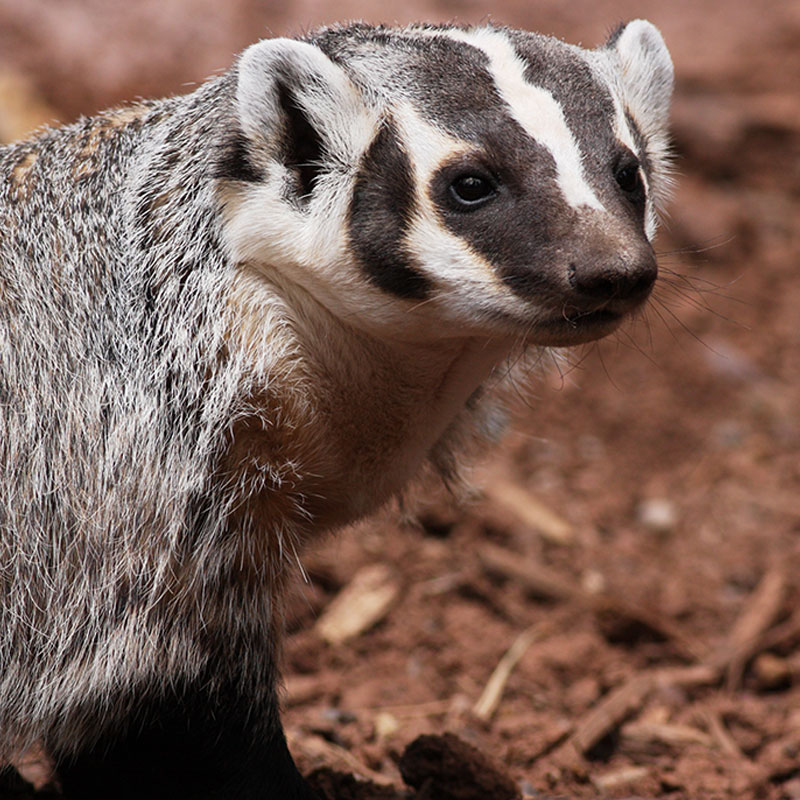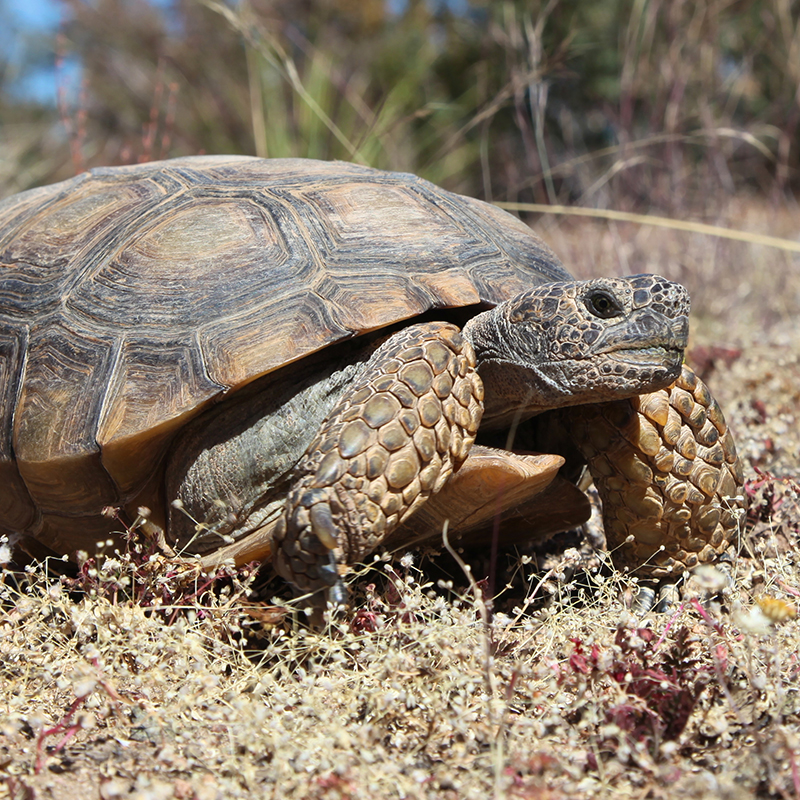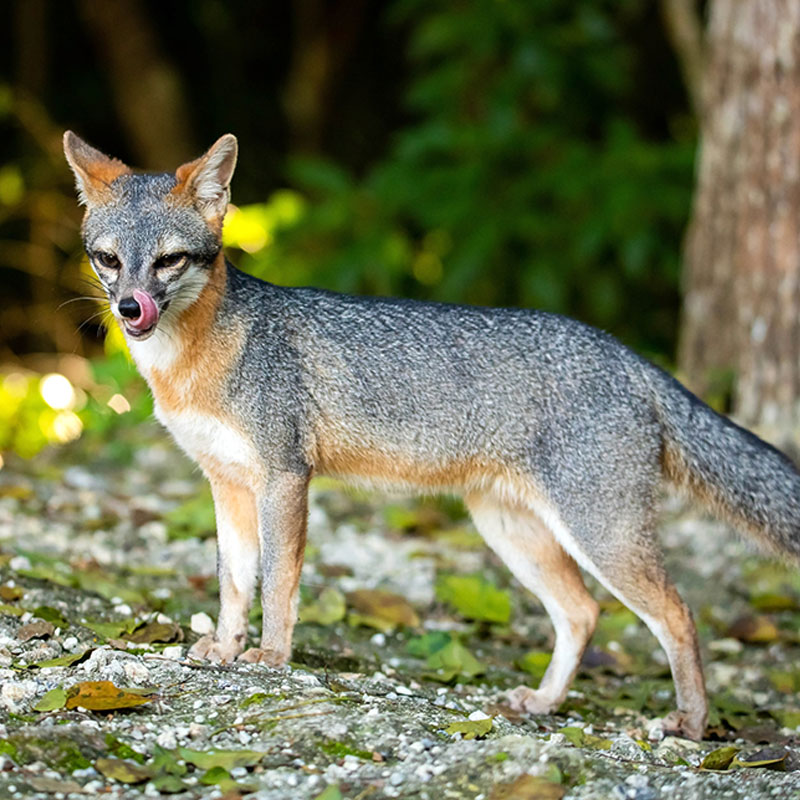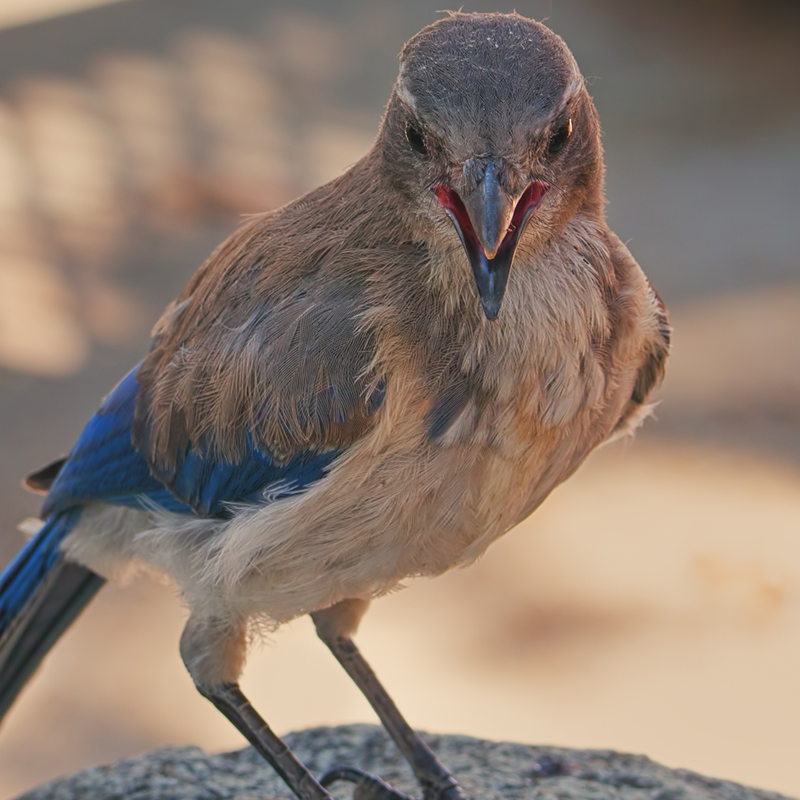
The black bear is the only bear currently living in California. The long, dense fur of a black bear isn’t always black; it may be cinnamon, dark brown, or yellowish brown. A white blaze on the chest is common; the muzzle is often golden. Bears have 5 toes on their front and back feet. They are plantigrade; they walk flat footed, just like humans! Their big toe is on the outside and claw marks are visible in their tracks.
Black bears are omnivorous and they have no cutting molars. They will eat anything organic: berries, nuts, vegetables, fungi, “truffles”, insects (bees and honey), larvae, mice, ground squirrels, and fish. They forage in garbage dumps and will invade apple orchards. They are not averse to eating carrion.
Bears do NOT really hibernate, but avoid the harsh weather in winter rest. Their body temperature only drops about 10 degrees with heart and respiration rates staying constant and they live off their stored fat. Bear cubs will stay with their mother, nurse and grow until she comes out of her den in the spring. They leave the family at 18 months.































